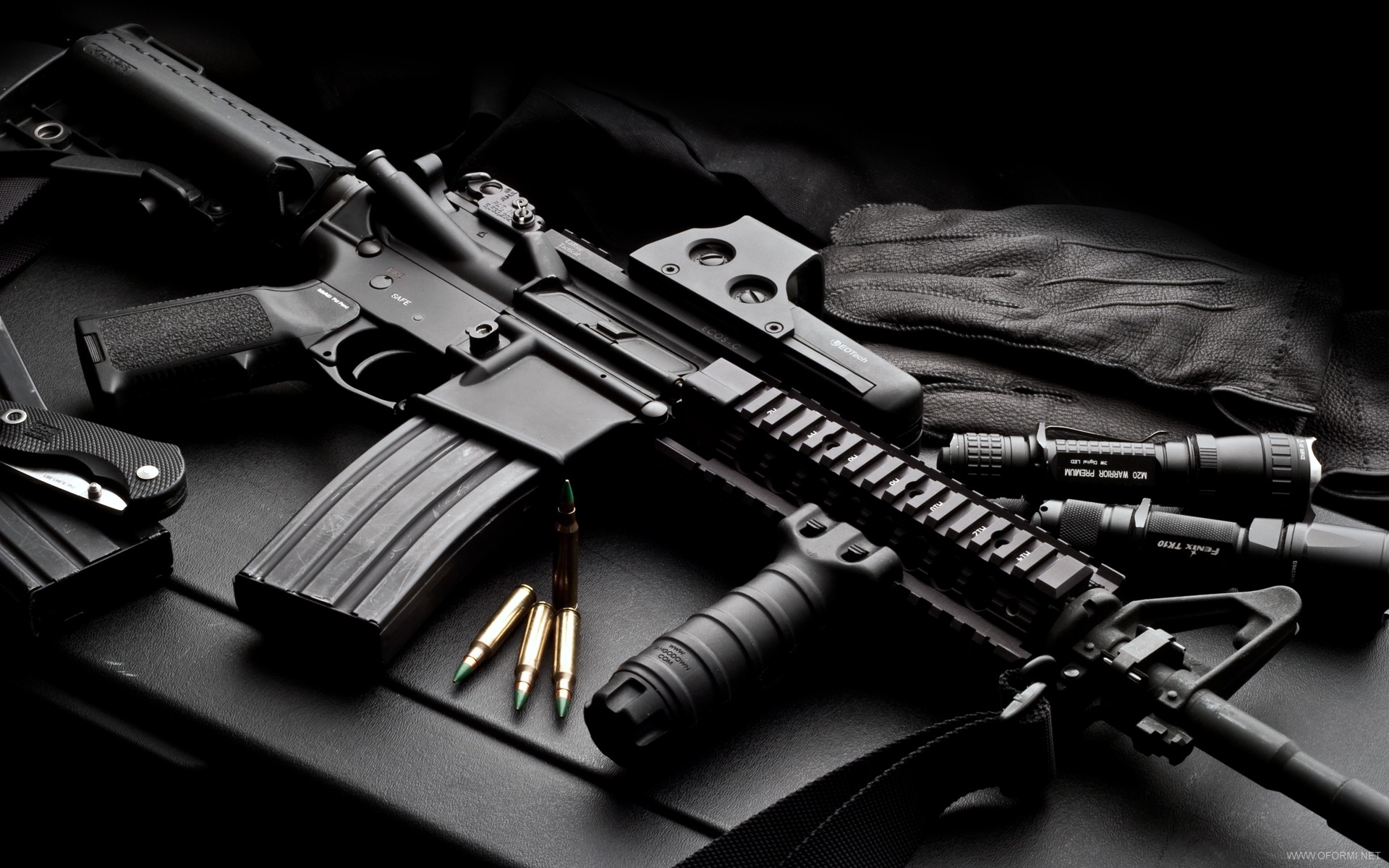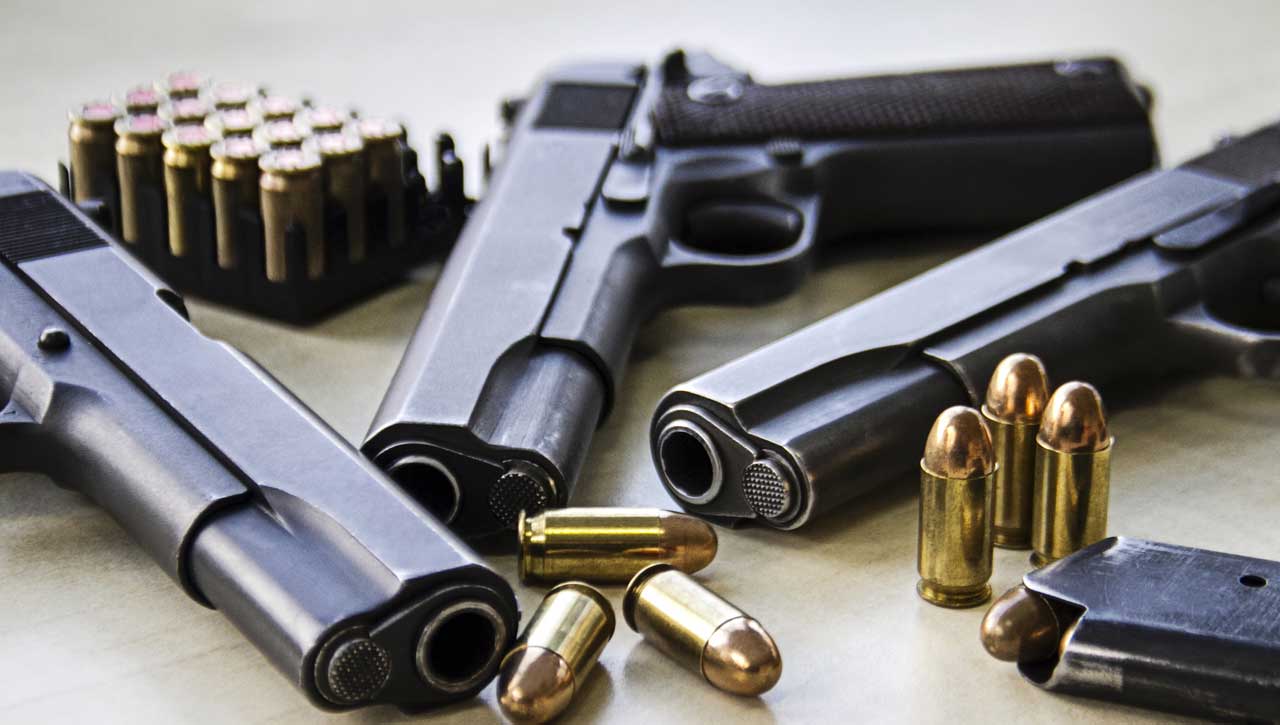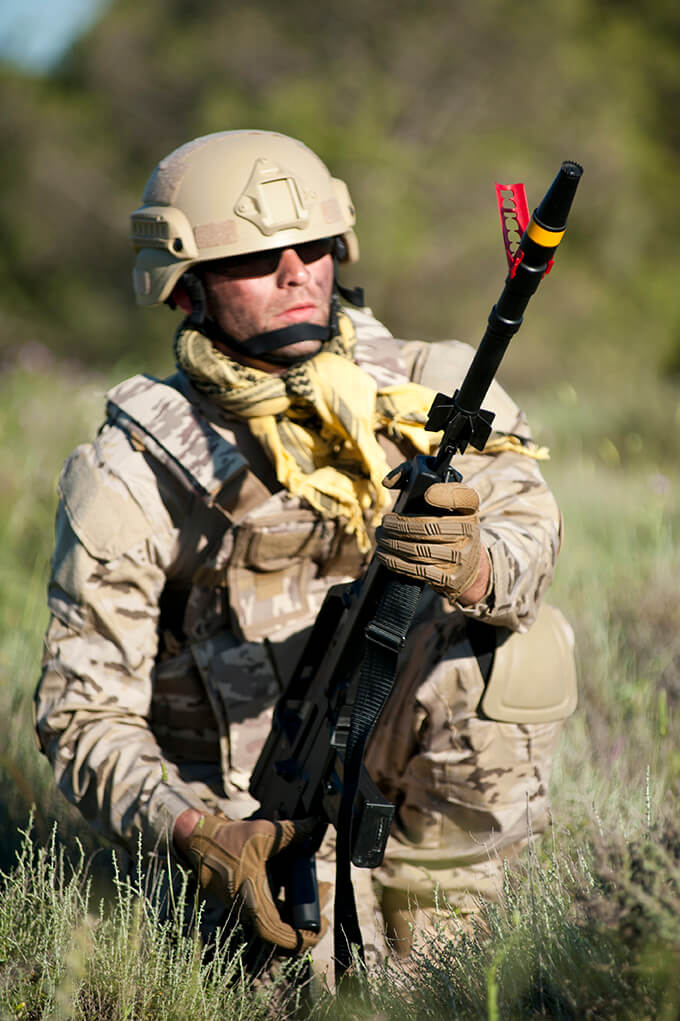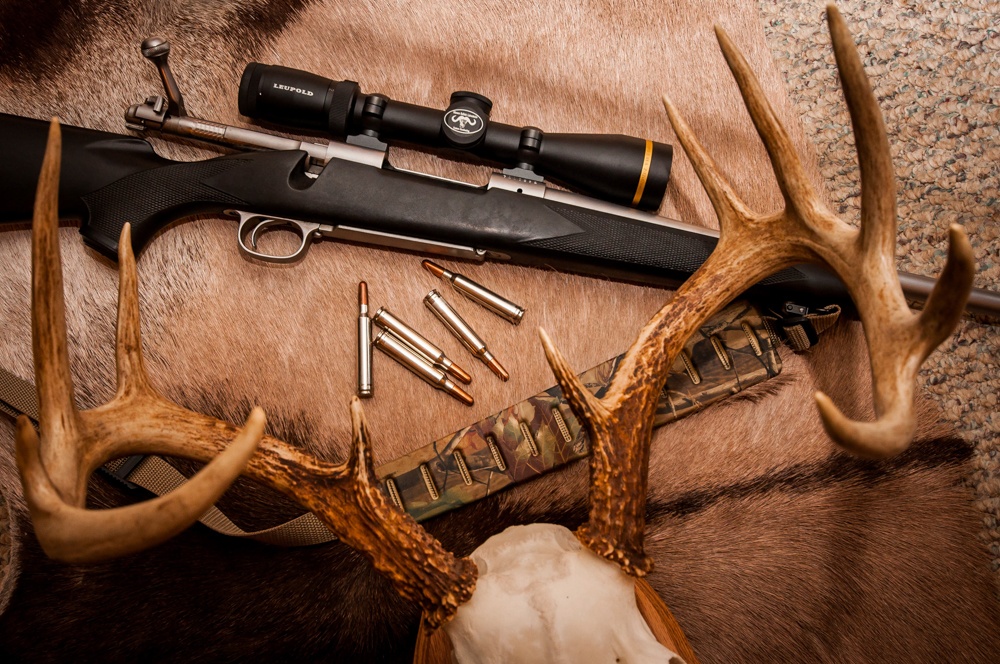Tenders for small arms and other goods in India
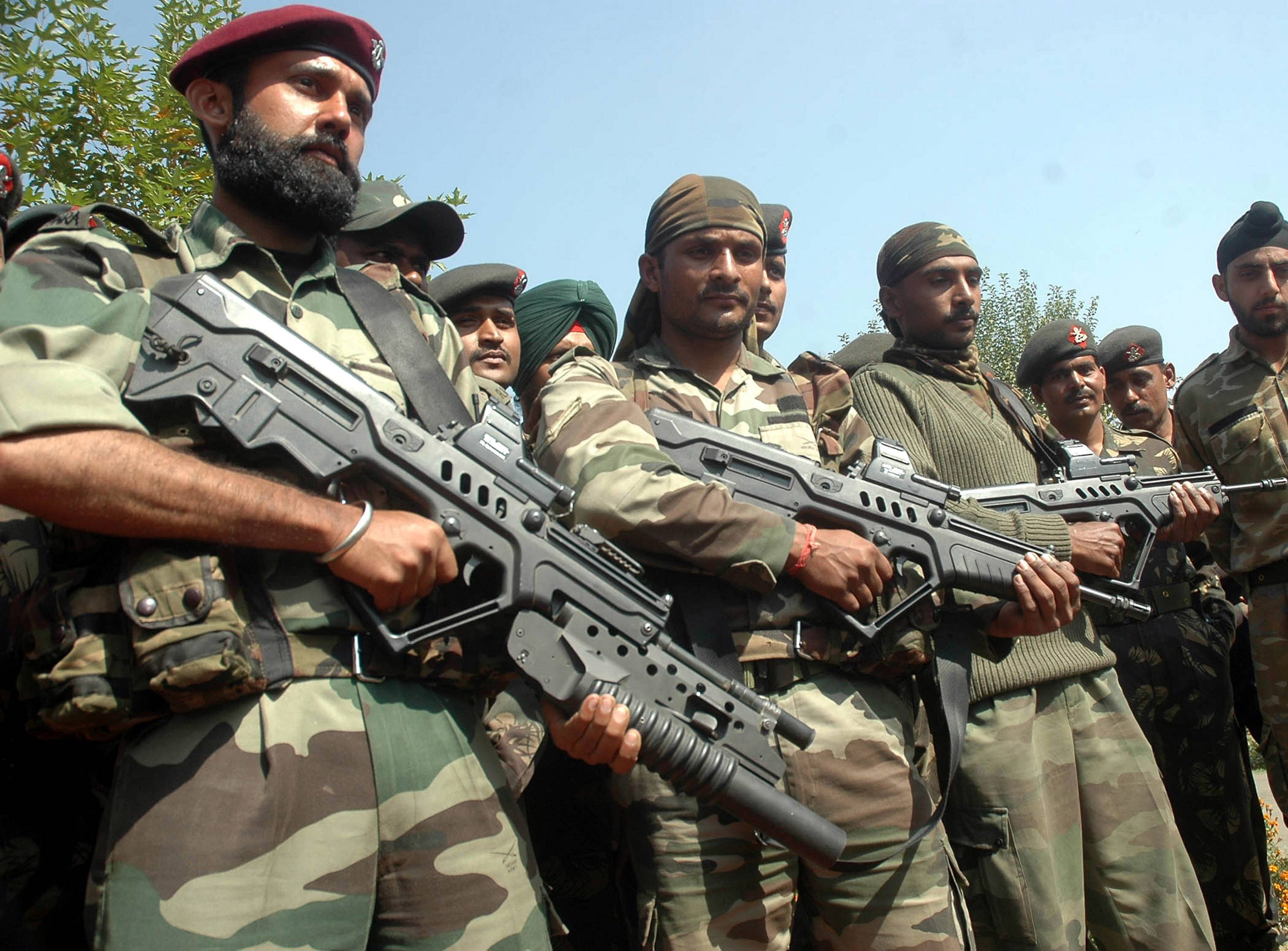
The concept of firearms began in Asia, first with what would become gun powder in the 9th century and then the “Li hua ch’iang”, or “firelance” of the 10th century.
It has been two years since September 2016 when the Indian Defense Ministry issued a tender to replace the INSAS rifle. Introduced in 1988 the indigenous INSAS (Indian Small Arms System) design experienced limited exportation to Nepal, Bhutan, Oman and Swaziland. However, its deployment in the 1999 Kargil War, along with use by the few clients, has revealed several issues with the rifle that were never truly remedied. These included feeding and cycling issues, especially in cold weather. India has not made the replacement of the rifle a pressing priority, however.
This is not terribly surprising: when the INSAS was adopted it was not unusual to still see Ishapore (Enfield style) bolt action rifles still in service. The only self-loading rifle the Indians had in abundance was a [un]licensed copy of the L1A1. Both those rifles were in the 7.62 NATO round, but India wanted something lighter and modern.
They also wanted something fast and to help phase out the 7.62 guns, they imported approximately 100,000 AKM rifles from Warsaw Pact countries in 1990-92. Yet somewhat importantly, India also wanted something that was theirs, INSAS was theirs, even in the name.
When the new rifle system was introduced it was chambered in the 5.56mm round. The most recent (2016) tender for a replacement seems to be rooted in that fact as the Indian Army has made complaints about the effectiveness of that round at ranges. This suggests shades (or awareness) of US experiences in Afghanistan when the venerable M14 and M21 style rifles were taken out of mothballs to effectively engage targets out beyond 500 yards/meters. However, this was not the first time the INSAS was slated for replacement.
In 2011, the Army issued a tender for a replacement battle rifle. By 2013, half a dozen rifle systems were submitted and after the winter trials (in conditions that exposed some of the INSAS’ most infamous issues) there were three rifles left for consideration: Beretta’s ARX-160, Colt’s M4 and IWI’s Galil ACE.
Then in June of 2014, the Army cancelled the tender. Reasons were various and did not occur in a vacuum, but India shortly after appears to have added what they learned from the trials into an updated version of the INSAS, known surprisingly enough as the Modified INSAS (or Excalibur).
They also explored a rifle based on the AKM, the Trichy. Both remained domestic products and explored the two most popular medium class rifle rounds in the world: 5.56 NATO and 7.62x39 Russian.
This brings attention to one feature the Indians wanted in a rifle from the 2011 tender: a multi caliber capability between these two calibers. A feature that none of the trial rifles possessed (though the Galil at least is capable of being manufactured in either caliber).
The assumption for India’s need is that the 5.56 can be used for international peace keeping duties while the 7.62x39 can be used for insurgencies, where that caliber is more commonly encountered and can be utilized. It makes sense. The adoption of domestic upgrades seems to have nullified the need for another import in 2014.
Yet, the call went out again in 2016, and it is important to note the caliber requirement in this tender. Through their actions on their borders or simply by observing how other nations’ equipment is handling the modern battlefield (ref: US coalition in Afghanistan), they have realized they need a rifle that has sufficient range and knockdown capabilities.
They also would *really* like it domestically produced. They have even gone so far as to pull the plug on trials for the opportunity to solve their problems on their own. On the one hand. it would be interesting to see if the Indians develop an in-house upgrade program for the L1A1 clones they retired two decades ago (if they are still around).
Early in the Summer of 2018, Prime Minister Narenda Modi awarded an Innovation Certificate to an unnamed individual who managed to provide accuracy upgrades and reportedly corner shot capability to the INSAS. Necessity is the mother of invention, at least on some level.
On the other, it will be interesting to see if any international manufacturer is still willing to submit to the paces of trials and risk India cancelling the order at the 11th hour.
Because India did. Having finalized an order for 7.62x51 caliber last October, on August 31, 2018 the Indian Army issued a change in operational philosophy and changed the desired caliber back to 7.62x39mm.
With increasing border concerns with China and Pakistan gives India a true incentive to modernize its fighting forces – with over two million active and reserve personnel, the rile upgrade system is not going to be a fast or simple task. Unfortunately, the country is not making it any easier for itself.
We have made www.AmmoTerra.com make the firearms market more open for both manufacturers and dealers. Don’t wait for the next exhibition, we invite you to register your company on our website. We will make it easier for you to find new dealers!

